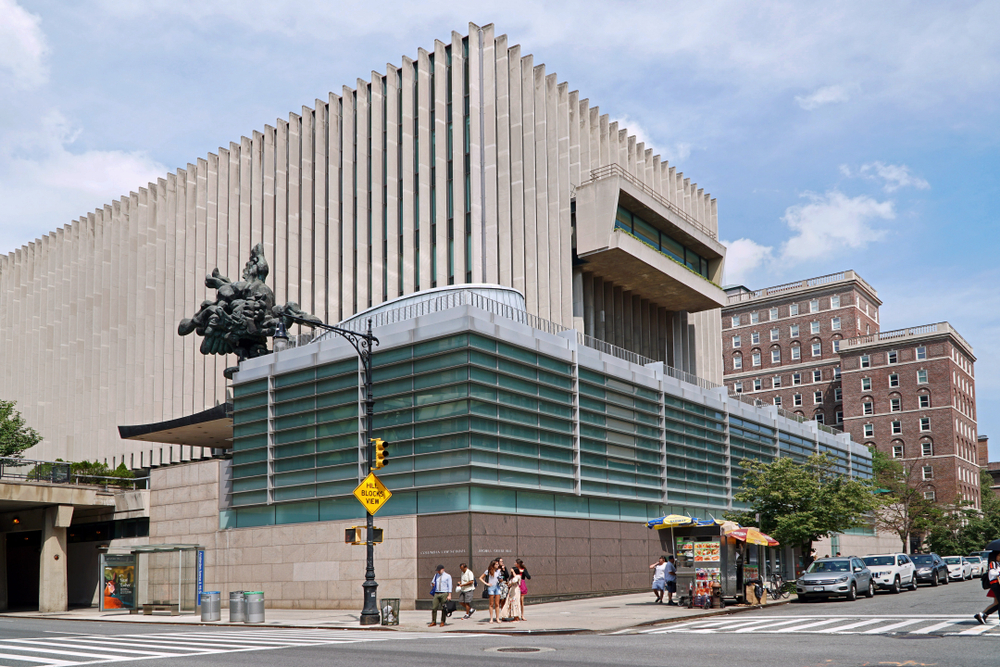LSAT scores at high-risk schools getting worse, according to analysis by law school reform group

Despite increased attention to admissions standards for ABA-accredited law schools, LSAT numbers and bar-pass rates are getting worse at those schools seen as the most at risk for exploiting students, according to an investigation released Thursday by Law School Transparency.
The group, which focuses on law school reform, first published its State of Legal Education investigation in 2015. Relying on LSAT scores and bar-pass rates, the 2015 investigation found that 26 ABA-accredited law schools were an “extreme risk” for exploiting students for tuition. Nineteen schools were placed in the “very high risk” category. The 2017 update, which includes seven more law schools, found 22 to be extreme risk schools, and 29 as very high risk schools. Law School Transparency ranks schools’ risk assessment based on what the bottom quartile of admitted students scored on the LSAT.
The release comes as the ABA’s House of Delegates is set to consider tightening Standard 316, which addresses bar-passage rate standards. Additionally, a proposal recently submitted by incoming president Hilarie Bass would restructure the ABA’s Section of Legal Education and Admissions to the Bar with a new, “forward thinking” commission handling all non-accreditation-related activities. That proposal will be considered by the Board of Governors at a meeting taking place this week.
With the current version of Standard 316, there are various ways a law school can be in compliance. One is that that at least 75 percent of graduates from the five most recent calendar years have passed a bar exam, or there’s a 75 percent pass rate for at least three of those five years. Under the proposed revision, 75 percent of the graduates must pass a bar exam within a two-year period.
Various groups, including the dean’s steering committee of the Association of American Law Schools, have expressed concern about the proposed revision, which is why Law School Transparency decided to release updated investigation information. The update notes that the Council for the ABA Section of Legal Education & Admissions to the Bar has “admirably responded” to concerns raised in its initial investigation, including the proposed revision of Standard 316. A spokesperson told the ABA Journal that the council has no comment on the report released Thursday by Law School Transparency.
Under ABA rules, the House of Delegates can agree to the change; reject the change; or send the proposed revision back to the council for review with or without recommendations. The House can do this twice, but the council has the final decision on Standard 316 as well as others related to accreditation.
“As critics of the new standards point out, the new standards would cause some low-performing schools to close. But if a school cannot survive without exploiting a large number of students, it should not survive,” Law School Transparency writes. “For the students who would have attended these schools and had a reasonable chance at passing the bar, they will find another law school to attend. For the others, they will be better served by not attending law school.”
Out of the law schools found to be an extreme risk in the 2017 update, Western Michigan University Cooley School of Law, Arizona Summit School of Law and Thomas Jefferson School of Law were singled out by Law School Transparency executive director Kyle McEntee in an interview with the ABA Journal.
Cooley’s class of 2013 had students with LSAT scores in the 140s, and a first-time bar pass rate of 53.6 percent, according to the group’s updated investigation. At least 25 percent of its last two entering classes included students with LSAT scores in the 130s, McEntee says.
“With a median LSAT of 141 in the last two years, the number could be as high as 40 percent of the entering class. That, by the way, is outrageous,” says McEntee. Full-time tuition at the law school is $50,790, according to its 509 report (PDF).
At Arizona Summit, the class of 2013 mostly had LSAT scores in the high 140s and low 150s, with a first-time bar pass rate of 69.1 percent. Its class of 2015 likely had students with LSAT scores in the 130s, according to McEntee. He adds that a quarter of the class had LSAT scores in the 150s. Annual, full-time tuition at the law school is $45,354, according to its website.
For Thomas Jefferson School of Law, the class of 2013 mostly had LSAT scores in the high 140s and low 150s, according to McEntee. In 2013, its graduates had a first-time bar-pass rate of 51.7 percent. Its class of 2015 mostly had LSAT scores in the 140s, and those taking the bar exam in 2015 had a first-time bar-pass rate of 48.2 percent. Full-time tuition at Thomas Jefferson is $47,600, according to its 509 report (PDF) for 2016.
“At least half of the students set to graduate in 2019 had LSAT scores of 143 or lower,” McEntee says.
Don Lively, president of Arizona Summit, told the ABA Journal that law schools like his, which he describes as wanting to diversify the profession, “are perpetually looked at through the lens of stereotype, without close-up exposure.” According to him, Arizona Summit has the lowest student-loan default rate among major Arizona institutions.
“The only risk I see for us, and I do not discount it in these days, is if cynics and ideologues trump informed judgment,” Lively said, adding that Arizona Summit plans to convert to non-profit status, and into a university affiliation.
Deans of the other two law schools were not available for comment at press time.
Updated at 3:15 p.m. to add Don Lively’s comments.



